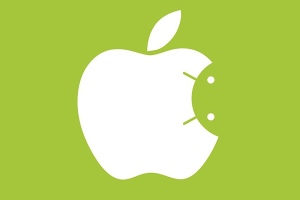In terms of the definition of transmedia narratives, Jenkins’ weblog posts (2007, 2011) defined this as the content which flows across channels, and its stories are not tied to the channels delivering them to audiences. Moreover, this can maximise company’s profits by expanding its platform coverage.

Today, I am going to introduce one of my favourite media content. Metro 2033 and Metro 2034 is a post-apocalyptic sci-fi novel written by Russian author Dmitry Glukhovsky. The novel is set in the Moscow metro, Russia where survivors were forced to hide after the global nuclear holocaust.
Moreover, the novel-based video games Metro 2033 and Metro: Last Light, which were developed by 4A Games the Ukrainian video game company (http://www.4a-games.com/metro-2033.html), were also released shortly after gaining in the popularity of the sci-fi novels.

Beyond the video games, Metro-Goldwyn-Mayer (MGM) acquired the screen rights to Metro franchise. (Kit, 2012) And, Mark Johnson, the American film producer and also known as the producer of The Chronicles of Narnia movies and Galaxy Quest, is going to produce the franchise sci-fi film. (Kit, 2012)
As what I wrote in this essay, I hereby argue that numerous media companies are constantly trying to find ways to maximise profits by expanding media platform coverages. And, this platform transformation excites fans as well as having a different experience in unexperienced platforms.
I (as a fan) also am excited about that news, and I believe that this will revive a whole media industry by earning extra profits such as a franchise fee. Anyway, audiences will be able to experience newly a numerous number of media contents in unexperienced platforms.
I hereby attach the opening trailer of Metro: Last Light the video game [Metro: Last Light – Enter the Metro – Live Action Short Film (Official U.S. Version)].
References
Jenkins, H 2007, Transmedia Storytelling 101, Confessions of an Aca-Fan, weblog post, 22 March, viewed 25 April 2015, <http://henryjenkins.org/2007/03/transmedia_storytelling_101.html>.
Jenkins, H 2011, Transmedia 202: Further Reflections, Confessions of an Aca-Fan, weblog post, 1 August, viewed 25 April 2015, <http://henryjenkins.org/2011/08/defining_transmedia_further_re.html>.
Kit, B., 2012. MGM, ‘Narnia’ Producer Pick Up Rights to Russian Sci-Fi Novel ‘Metro 2033’ (Exclusive). [Online] Available at: http://www.hollywoodreporter.com/heat-vision/mgm-metro-2033-movie-370317 [Accessed 23 April 2015].





